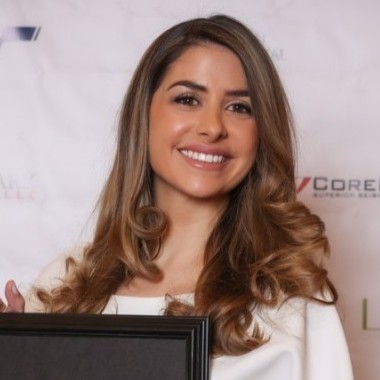Podcast: Play in new window | Download | Embed

Engineering Quotes:
Here Are Some of the Questions We Ask Maria in This Episode:
- What are buckling restrained braces are and how do they work?
- What are some of the requirements for designing with buckling restrained braces?
- Can you please explain the process involved in going from the design to the bidding to the construction phase of projects?
- How important do you deem personal development and human connection in the design world?
- What are some of the lessons you learned from past projects you’ve worked on?
- What piece of final advice can you give young engineering students who are considering a career like yours?
Here Are Some of the Key Points Discussed About Buckling Restrained Braces:
- Buckling restrained braces are one of the systems currently available to improve the seismic performance of structures. It is a special kind of steel brace that is built in such a way that the global buckling of the brace is prevented. The steel blade resists the tension and compression load of the brace that goes inside a steel tube that is filled with concrete. They are also built in a way that the concrete and steel core are decoupled and don’t act together as a combusted section. The interior plate is the one that is resisting the load and the assembly of the steel tube, and the concrete inside restrains that blade. This allows the blade to yield in both directions. This yielding of the steel is the energy dissipation mechanism that is used to dissipate the seismic energy of the ground.
- Buckling restrained braces became very popular in seismic design, and there are a lot of tools and resources out there to make the design simple to implement. They are very cost-effective, ductile, and allow for efficient use of material.
- Some of the things that do control if BRBs can be considered on projects are the aesthetic and textual requirements that might require a different solution.
- One of the latest developments is a device that can be installed in the braces to essentially record a history of displacement.
- There are a lot of advantages in bringing the manufacturer into the project from the feasibility analysis to the design phase. In the great majority of products we do, we coordinate with the designers while they are still analyzing their structure. This is particularly useful because as a designer, you want to specify an attainable solution. If you can find or detect anything that would need some extra coordination upfront, it will streamline the process a lot along the way.
- After the project bid, a proposal is drafted and submitted to the steel fabricators that will carry it as part of their proposal for the steel package. Once it is then rewarded to us, we start getting into the production mode, regardless of whether or not we have coordinated upfront. An engineering package gets submitted to a design team to verify that all the requirements are being met. At the same time, we work with the people who are detailing the steel to ensure we minimize any potential conflicts in the field later. Once approval is received from the design team and coordinated the detailing part with the steel detailers, then you can go into fabrication.
- Engineers are very technically minded, but to really connect to your team, you need to approach them in a more inner world perspective, which in turn will increase the productiveness of your team.
More Details in This Episode…
 About Maria Eugenia Chumbita, P.E.
About Maria Eugenia Chumbita, P.E.
Maria Eugenia Chumbita, P.E. is the VP of Engineering at CoreBrace. She is a driven leader, combining highly analytical skills with an action-oriented approach to decision-making. Maria is also an effective communicator who is passionate about technical engineering knowledge, business growth, and innovation. She is an avid student of human nature, motivated by continuous improvement and excellence.
Sources/References:
Structural Engineering Life
Connect with Maria Eugenia Chumbita, P.E., on LinkedIn
CoreBrace
Please leave your comments or questions in the section below about buckling restrained braces.
To your success,
Matthew Picardal P.E. & Cara Green, EIT
Hosts of The Structural Engineering Podcast







